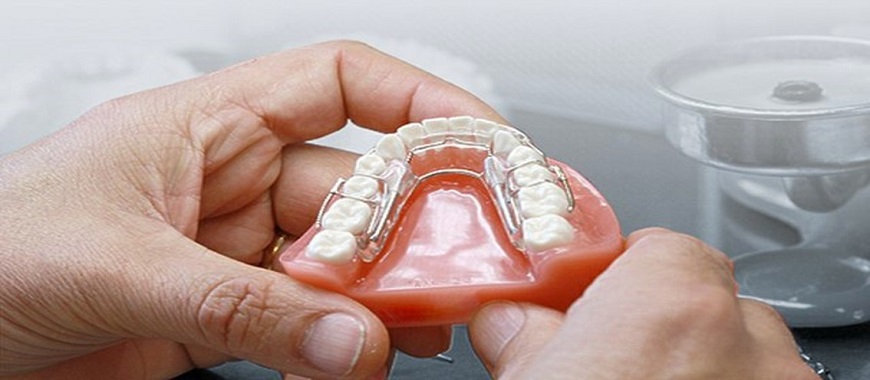3D Printing has seen dramatic technical advances, as well as the technology for front 3D printing of materials, which is increasingly used for dental products. Let's take a look at this post.
The dental industry requires custom-made, single-unit production with excellent precision. As a result, dentistry is getting more and more coverage in the 3D printing industry. 3D Printer manufacturers and material suppliers for these printers are already positive about this and are working towards progress in the development of new devices and low-cost material handling and transport.
Currently, 3D printing technology is used to deliver a range of items to the dental industry. The most popular are wax patterns for fixed prosthodontics and models made from intraoral or print scans. However, orthodontics is gaining popularity.
Today, three separate 3D printing technologies are used in the dental industry: Digital Light Projection (DLP), Stereo-Lithography Apparatus (SLA), and Direct Laser Metal Sintering (DLMS). Each device varies in the materials available, how these materials are solidified, and how they can be used.
How do Dentists use 3D Printing Technology? Here are a few applications:
- Replace or patch the missing tooth: The dentist scans the patient's mouth using a small optical wand. This produces a 3D representation of the teeth and gums that is stored as a computer file. Tooth design and repair is designed in CAD software, this design is used in printing for final processing.
- Build a model: Before 3D printer technology appeared in the dental industry, the patient had to bite down on gooey, uncomfortable clay so that it could harden into a mold that would become the initial model for a brace or Invisalign care. This is not the case for 3D printing. The dentist may use the same technique as shown in the first example to scan teeth, build a dental appliance, and print the orthodontic result within his/her premises.
- Produce crowns, bridges, caps, and dentures: the same method shown above can be used for 3D printing of all forms of dental implants. The only difference is the exact material used in the printing process.
- Develop surgical tools: Drill guides used to complete some dental processes are printed in 3D printing technology, which is also an important part of any dental surgery.
Benefits of 3D Printing in the Dental Industry
The Dental industry has been reliant on laboratories to manufacture crowns, bridges, and other implants for many years. Why now move to 3D printing technology? In short, since they all win:
- Money-savings for dentists: adding to the dental laboratory is a substantial expense to any dental practice. 3D Printing saves money to dentists as they use this tool daily.
- Patient savings: the high cost of adding and maintaining a dental laboratory is expressed in the bill for each patient.
- Quick & Accurate: Manual dental parts are time-consuming, while 3D printing enables several appliances to be printed at once. Accuracy is enhanced because 3D Printers transform digital files to physical pieces. In each case, perfection can be accomplished in this way.
We at Engineering Technique, being one of the leading 3D Printing Technology providers, offer Digital Dentistry solutions to Dental clinics and Laboratories to modernize their business and patient experience.

